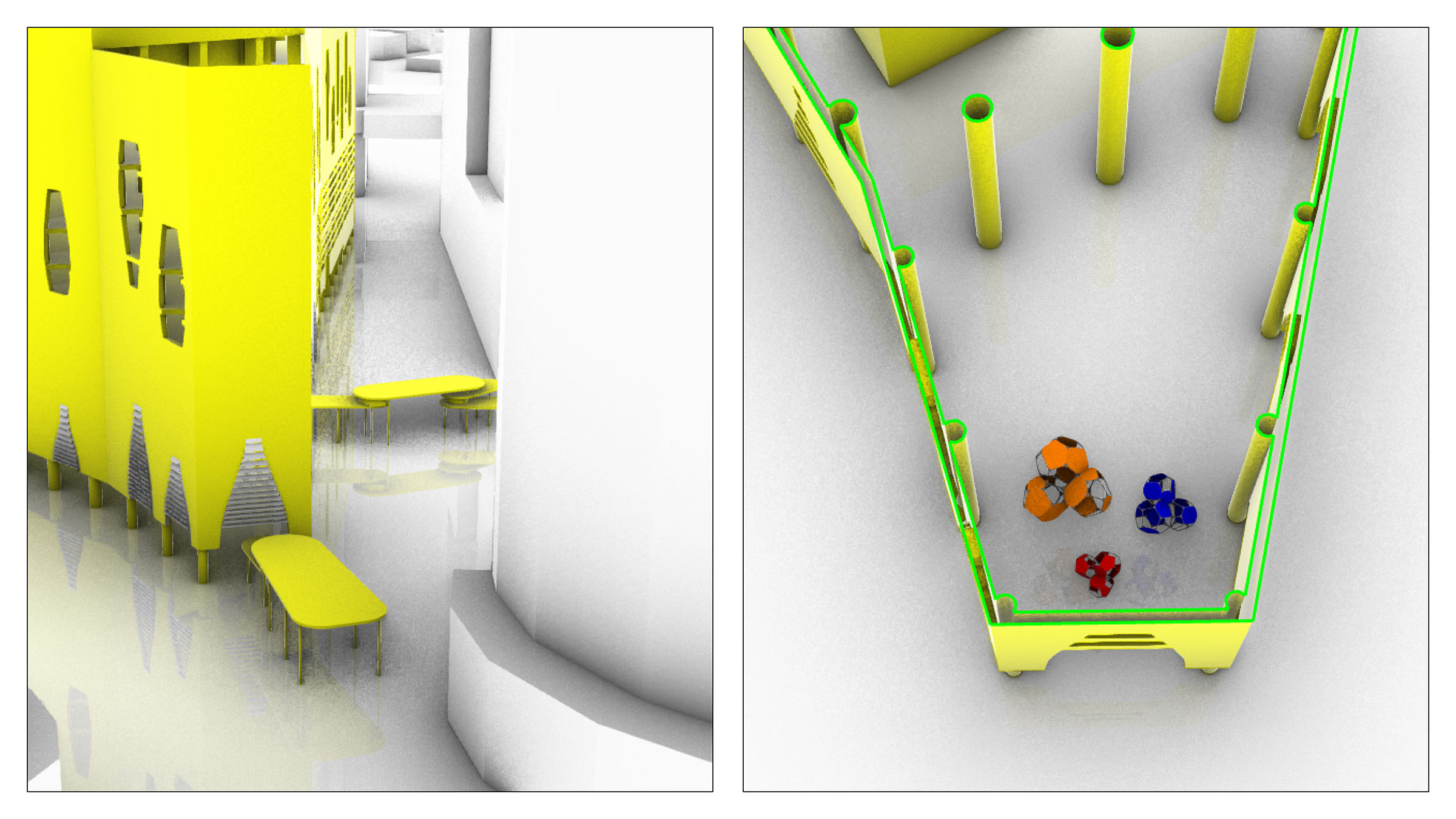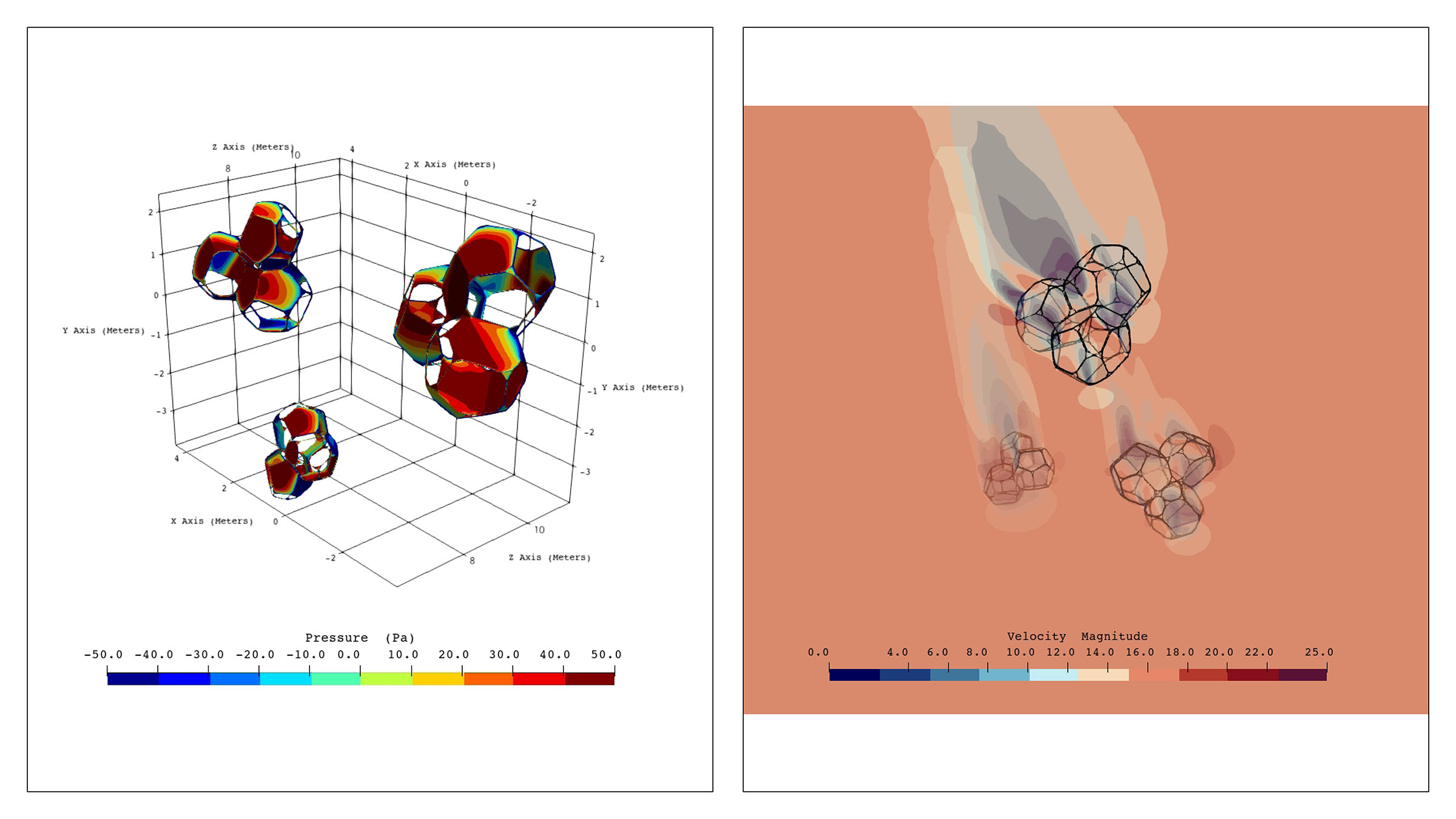Wind Tunnel and CFD in Harmony:a study of wind loads for a complex problem
Posted on 29 October 2020
CapitaSpring development, at 88 Market Street, is scheduled to complete next year, a 280mhigh development that will feature Singapore’s highest urban farm. Designed by award winning architect, Bjarke IngelsGroup (BIG) in collaboration with Carlo RattiAssociati, who have conceived numerous high-profile developments globally, the development realises CapitaLand’s vision of blending indoor and outdoor spaces within the urban realm. In an article by (The Straits Times), Mr Ingels mentioned that “Elements like the Green Oasis and the rooftop garden all reveal themselves to the outside by breaking apart the regimented geometry of the facades”. Mr Carlo Ratti, founding partner of Carlo RattiAssociati, adds: “What we’ve seen in the 21st century is a lot of sprawl.Cities moving outside into the countryside and into nature,” he says.“But we can do the opposite today –we can bring nature inside our urban cities and even inside our buildings.”
Aaron Lefcovitch, a Director at Windtech Consultants says “While the concept of shifting nature into buildings drastically improves the human experience and overall wellbeing of those privileged enough to operate in the space, this does bring with it some unique engineering challenges, as we now need to ensure that the internal space is protected from the elements”. One of the key design features within the ground level foyer, is a complex interconnected hanging sculpture designed by Argentinian artist Tomas Saraceno (in collaboration with Esther Schipper), with the structural design undertaken by Art-Engineering. The team were acutely aware that there was no feasible way to determine the wind loads on the art-structure using traditional methods, and that the wind loads would be a key input to the design, important not only for the aesthetics (the frame needed to be as slim as possible) but also for ensuring the art work would not spin into a tangle.

Figure 1. Artist’s Impression of Ground Level Foyer (Image: CapitaLand)
From the outset, Windtech’s team of specialists had recognised the challenges posed by this project as neither wind tunnel testing nor Computational Fluid Dynamics (CFD) alone would have provided a sufficient level of accuracy, given the scale and geometric complexities of the artwork. The key reason for the apparent complexities were due to the wind loads heavily depending on the following:
- Accurate modelling of the larger scale effects of the flow around the surrounding buildings, AND
- Accurate modelling of the ensuing complex flow within the semi-open atrium space.

Figure 2. Extent of CFD Model Used to Determine Wind Speeds at Artwork Location
Wind tunnel modelling has its limitations with regards to the need for a minimum characteristic dimension of the artwork to achieve similarity of flow around the model at scale: In this case a scale of around 1:20 would be required. As the art installation is within a semi-enclosed space within the building, it would also not be possible to achieve the required accuracy by modelling the artwork in isolation from the surrounding buildings as the surrounds heavily influence the localised wind effects. Consequently, and assuming a 1:20 scale model with surrounding buildings modelled to a diameter of 700m, the wind tunnel model would have needed a span of 35m. For this reason, a wind tunnel only approach would have been impractical.
Furthermore, obtaining accurate flow conditions in the wind tunnel at the artwork location using the smaller scale model only would also be problematic, as Reynolds Number effects as well as the effects of model surface friction would result in a significant underestimation of the local wind speeds.
Hence, Windtech’s specialists concluded that the only way to achieve the required accuracy was to employ a hybrid approach, utilising the strengths of both the wind tunnel and CFD.

Figure 3. CFD Model of the CapitaSpring Foyer and Cloud Sculpture
First, the wind tunnel model study at 1:400 scale was used to establish the accurate flow conditions in the “outdoor” areas just outside of the perimeter of the semi-open atrium space. Then Windtech then set out to replicate these flow conditions using CFD. This proved to be a very challenging task given the geometric complexity of the development site and surrounding buildings. The solution was a 1:1 replication of the wind tunnel model and surrounds in the CFD domain and a variety of tested numerical flow simulation types. Given the number of simulations required, the final size of the CFD model volume, and the very fine mesh elements needed to model the flow around the location of the artwork, an enormous amount of computational resources was consumed, made possible through the utilisation of a super-computer. The above was necessary to ensure that the results were accurate, and our team were confident that we were achieving flow similarity for the various wind angles tested.
The next step was to extract the localised 3D wind flow boundary conditions (in the form of x, y and z components of the mean and gust wind speeds). These boundary conditions in conjunction with two phases of CFD simulations (the artwork in isolation and three artworks combined) enabled us to determine the pressure distribution over the surface of the artwork, which is particularly important as it informs us whether there is a potential for the artwork to twist on itself.
As a side note, determining the pressure distribution over the surface of the artwork using wind tunnel testing would be problematic due to the difficulty in concealing the pressure taps that are required to feed the pressure signal back to a pressure acquisition system. It is important to conceal these tubesso that they do not interfere with the localised wind flow.

Figure 4. Pressure Distribution on Cloud Sculpture and Wind Speed Contour
This project shows what is possible when leveraging the power of both physical testing in the wind tunnel and high-performance Computational Fluid Dynamics (CFD) models to determine accurate load cases on a complex structure.
Furthermore, it demonstrates Windtech’s capabilities in CFD, which led by Dr Niall O’Sullivan in Windtech’s London office has carried out advanced and extensive testing across an immensely broad spectrum of applications.
For more information on our capabilities in the Wind Tunnel Testing and/or CFD space, please reach out to any of our global offices at: https://windtech.com.au/contact-us/
Related Articles:
Return to Main News Page










